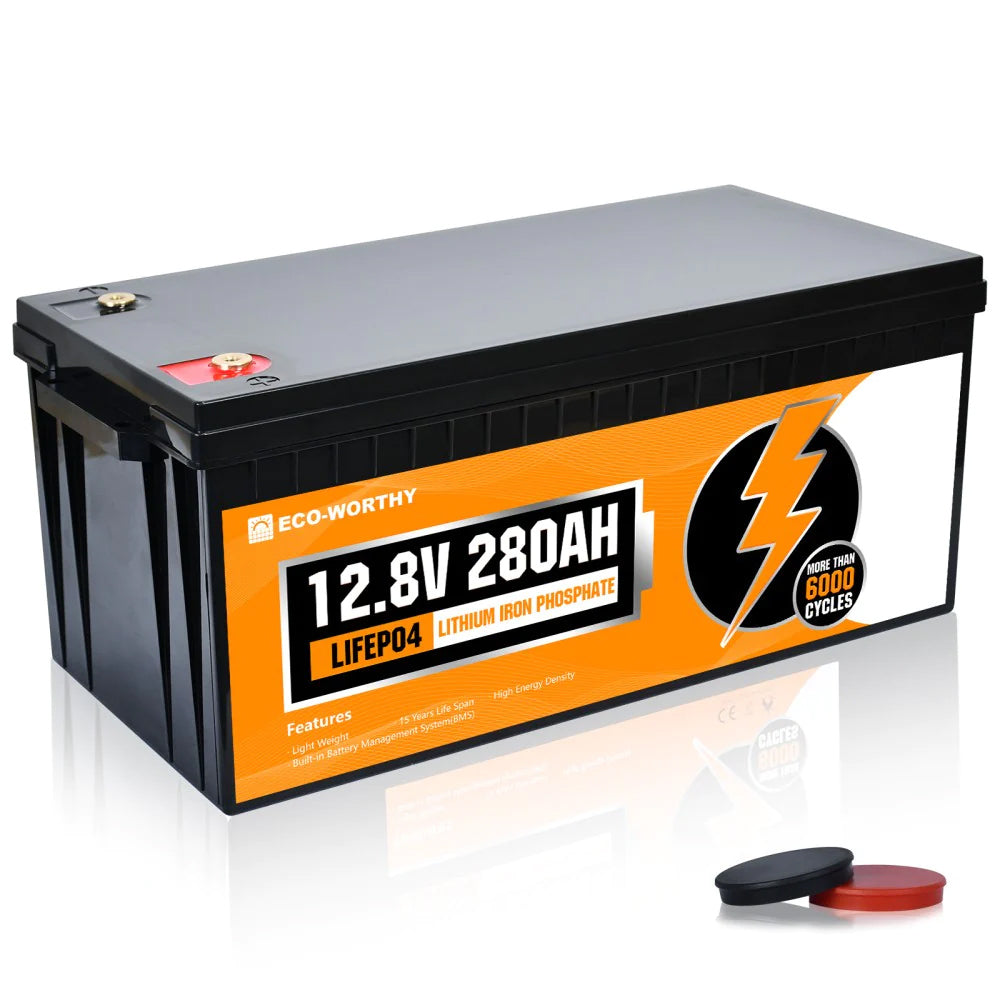As the demand for lithium batteries continues to rise, it is crucial to explore innovative techniques for recycling these batteries. The advancements in lithium battery recycling techniques not only contribute to environmental sustainability but also offer economic benefits. In this article, we will delve into the latest developments in lithium battery recycling and their potential impact on the industry.

The Importance of Lithium Battery Recycling
Lithium batteries are widely used in various applications, including electric vehicles, portable electronics, and renewable energy storage systems. However, the improper disposal of these batteries can lead to environmental pollution and resource depletion. Recycling lithium batteries helps recover valuable materials such as lithium, cobalt, nickel, and manganese, which can be reused in the production of new batteries.
One of the latest advancements in lithium battery recycling techniques is the use of hydrometallurgical processes. These processes involve the dissolution of battery components in a liquid solution, followed by the separation and recovery of metals. This method offers higher metal recovery rates compared to traditional pyrometallurgical processes, which involve high-temperature melting.
Enhanced Separation Technologies
Another area of advancement in lithium battery recycling techniques is the development of enhanced separation technologies. These technologies aim to improve the efficiency and effectiveness of separating different battery components. For example, researchers have been exploring the use of selective leaching agents to selectively dissolve specific metals from the battery, allowing for easier separation and recovery.
Furthermore, advancements in mechanical separation techniques have led to the development of more efficient shredding and sieving processes. These processes help separate the battery components based on their size and density, enabling better recovery of valuable materials. Innovations such as automated sorting systems have also been introduced to enhance the separation process.
Emerging Battery-to-Battery Recycling
One of the most exciting advancements in lithium battery recycling techniques is the concept of battery-to-battery recycling. This approach involves the direct reuse of recovered battery materials in the production of new batteries. By eliminating the need for extensive material processing, battery-to-battery recycling offers a more sustainable and cost-effective solution.
Researchers and companies are actively exploring different methods to achieve battery-to-battery recycling. One approach involves the regeneration of cathode materials through a series of chemical processes. Another approach focuses on the direct incorporation of recovered anode materials into new battery electrodes. These developments have the potential to revolutionize the lithium battery recycling industry by reducing the reliance on virgin materials.
The Future of Lithium Battery Recycling
The latest advancements in lithium battery recycling techniques hold great promise for the future. They not only address the environmental concerns associated with lithium battery disposal but also contribute to the development of a circular economy for battery materials. With ongoing research and innovation, we can expect further improvements in recycling efficiency, cost-effectiveness, and scalability.
It is important for governments, industries, and consumers to support and promote the adoption of these advanced recycling techniques. By doing so, we can ensure the sustainable growth of the lithium battery industry while minimizing its environmental impact.
Conclusion
In conclusion, the latest advancements in lithium battery recycling techniques are revolutionizing the industry. From hydrometallurgical processes to enhanced separation technologies and battery-to-battery recycling, these innovations offer a more sustainable and efficient approach to managing end-of-life lithium batteries. By embracing these advancements, we can pave the way for a greener and more sustainable future.








